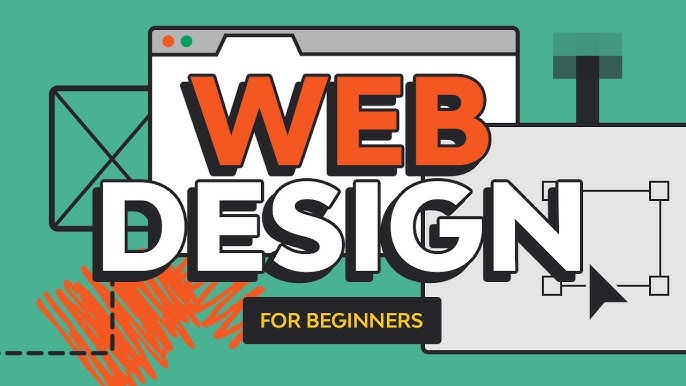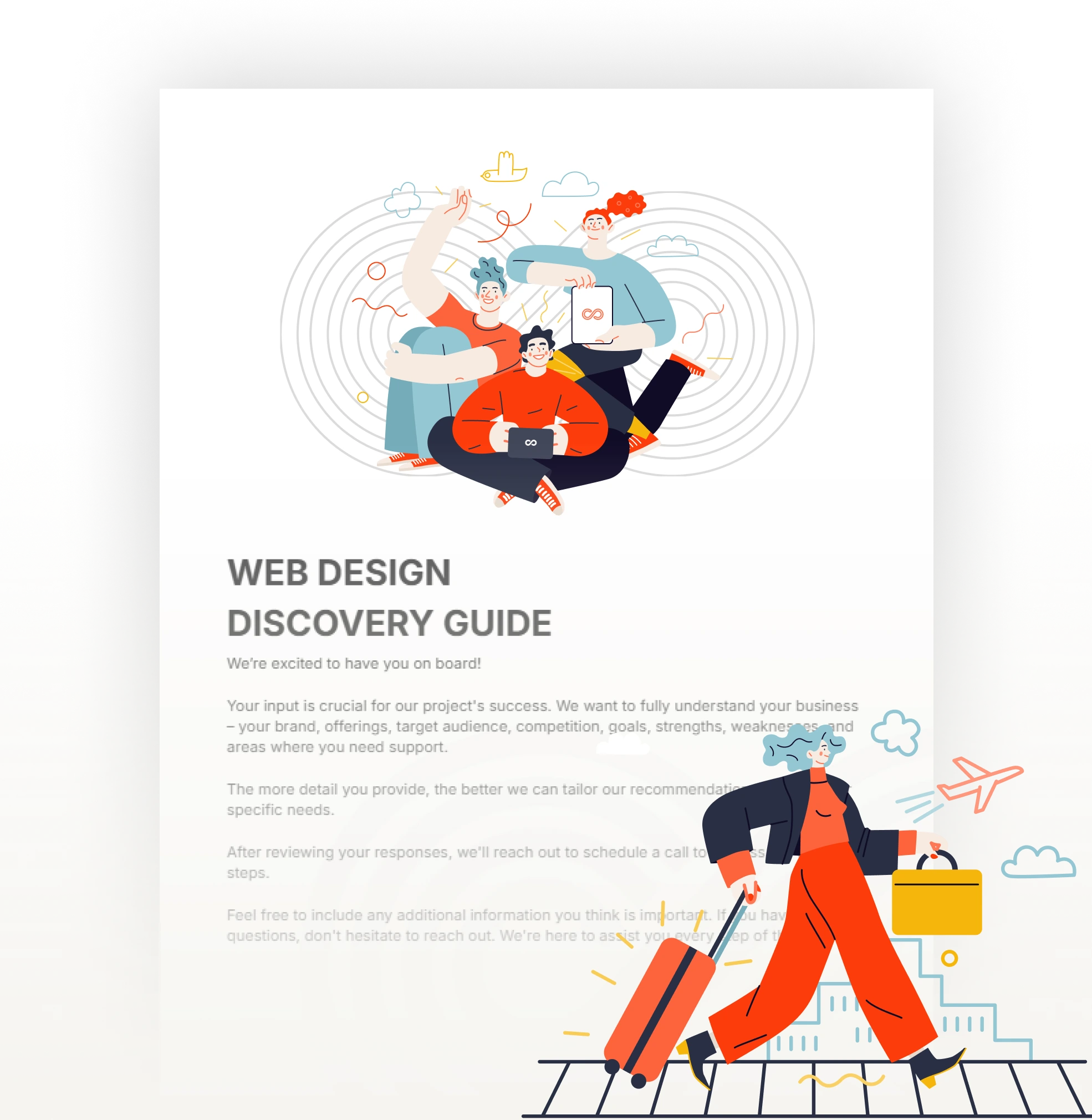Innovative Aligned Position Web Design: Future-Proof Websites for Businesses in Every Niche
Innovative Aligned Position Web Design: Future-Proof Websites for Businesses in Every Niche
Blog Article
The Very Best Kinds of Web Style to Enhance Individual Experience and Interaction
In the ever-evolving landscape of digital interaction, the performance of Web layout significantly impacts user experience and involvement. Various style strategies, such as minimal, responsive, and interactive layouts, each offer one-of-a-kind advantages that can provide to varied user requirements. Comprehending which kinds of website design ideal serve these purposes can be pivotal for companies aiming to improve client contentment and retention. The inquiry stays: which design components truly reverberate with customers and foster purposeful interaction? The expedition of these principles reveals important insights that may redefine your strategy to Web layout.
Minimalist Website Design
As digital landscapes end up being increasingly cluttered, minimal website design has actually become an effective strategy to boosting customer experience. This design approach prioritizes simplicity, concentrating on necessary aspects while eliminating unnecessary interruptions. By utilizing ample white space, uncomplicated navigation, and a limited shade scheme, minimalist design cultivates clearness and guides user attention to vital material.
The core principle of minimalist Web design is to develop a seamless interaction for customers. By minimizing cognitive tons, customers can swiftly realize info without feeling bewildered. This direct approach not just enhances usability but also urges interaction, as visitors are more probable to discover a site that is easy and visually appealing to browse.
Additionally, minimalist style often highlights typography and images, using these components tactically to share messages successfully. This concentrate on important components can boost brand identity and develop an unforgettable user experience. In essence, minimal website design is not simply a trend; it is a thoughtful method that acknowledges the relevance of user-centered design. By removing away additional components, developers can create a much more interesting, efficient, and satisfying Web experience for all users.
Receptive Website Design
In today's diverse digital atmosphere, receptive Web layout has come to be important for producing a smooth individual experience throughout a multitude of gadgets. As individuals accessibility websites on smartphones, laptop computers, tablet computers, and desktop computers, the ability of a website to adapt its format and web content to different display dimensions and resolutions is crucial.
Receptive website design uses adaptable grids, photos, and CSS media inquiries to make sure that Web content is presented optimally, no matter the tool made use of. This technique not only improves the visual appeal of a website yet additionally substantially enhances functionality. Users are more probable to engage with a site that supplies a regular experience, as it eliminates the stress of needing to zoom in or scroll exceedingly.
Moreover, online search engine, including Google, focus on mobile-friendly sites in search rankings. By embracing responsive design, businesses can boost their exposure and get to a wider audience. This approach likewise simplifies web site maintenance, as a solitary version of the website can deal with all devices, lowering the requirement for numerous versions. In summary, responsive Web layout is a basic method that boosts individual experience, interaction, and total fulfillment.
Interactive Web Layout
Responsive website design prepares for boosting user experience, however interactive website design takes this a step additionally by engaging individuals in a much more vibrant way - Aligned Position Web Design. By incorporating aspects such as computer animations, clickable prototypes, and real-time comments, interactive Web layout astounds users, drawing them right into a richer surfing experience
This approach not only fosters interaction however additionally encourages individuals to check out material proactively as opposed to passively eating it. Techniques such as gamification, where users make benefits for completing tasks, can dramatically enhance the time invested in a site and improve overall complete satisfaction. Interactive attributes can streamline complicated info, making it a lot more absorbable and satisfying.

Integrating interactive layout elements can likewise bring about higher conversion prices, as customers are more probable to engage with a website that proactively involves them. Aligned Position Web Design. Eventually, interactive Web layout changes individual experiences into remarkable journeys, making sure that visitors return time after time
Flat Design
Identified by its minimalistic approach, level layout stresses simplicity and performance, removing away unnecessary aspects and concentrating on vital functions. This style ideology prioritizes use, guaranteeing that users can navigate interfaces effortlessly and efficiency. By employing a tidy visual, level style gets rid of the clutter typically discovered in a lot more ornate designs, thus enhancing user concentrate on web content and performance.
The trademark of flat layout exists in its use of strong site colors, easy typography, and geometric shapes. These elements add to an aesthetically enticing user interface that is both contemporary and approachable. In addition, flat design cultivates a feeling of quality, permitting individuals to discern important actions and details without diversion.
Moreover, flat design is specifically efficient in receptive Web style, as its simplicity translates well throughout various tools and screen dimensions. The lack of complex structures and gradients lessens loading times, which is crucial for preserving user involvement. As electronic landscapes remain to progress, flat style remains an appropriate choice for developing easy to use websites that boost overall experience. By concentrating on important features, level style not just meets individual needs however also urges seamless communication, making it a vital element of reliable Web style strategies.
Flexible Website Design
Flexible Web design personalizes the individual experience by producing several dealt with layouts tailored to different screen sizes and devices. Unlike responsive layout, which fluidly readjusts a solitary layout, adaptive design employs distinct designs for specific breakpoints, making certain ideal discussion on numerous systems. This method permits developers to concentrate on the special characteristics of each device, enhancing usability by delivering precisely what users require based upon their context.
Among the key advantages of adaptive website design is its capacity to enhance tons times and performance. By serving tailored content and images that fit the customer's tool, web sites can lessen information use and enhance loading speeds. This is specifically beneficial for customers with slower links or restricted information plans.

In addition, adaptive layout promotes a much more additional resources constant and regulated branding experience. Since designers develop several formats, they can guarantee that the aesthetic components align with the brand's identification throughout different systems - Aligned Position Web Design. This causes a cohesive customer experience, boosting engagement and promoting individual retention
Verdict
Minimalist style fosters clarity and focus, while receptive layout makes sure versatility throughout numerous tools, advertising availability. Collectively, these design comes close to add to the production of straightforward atmospheres that not only improve satisfaction yet additionally drive higher conversion rates, underscoring their crucial importance in modern Web design approaches.

Minimal layout cultivates clearness and emphasis, while receptive layout ensures adaptability across various devices, promoting access. Collectively, these design approaches contribute to the creation of user-friendly environments that not only boost contentment but additionally drive higher conversion rates, underscoring their essential significance in modern Web layout methods.
Report this page